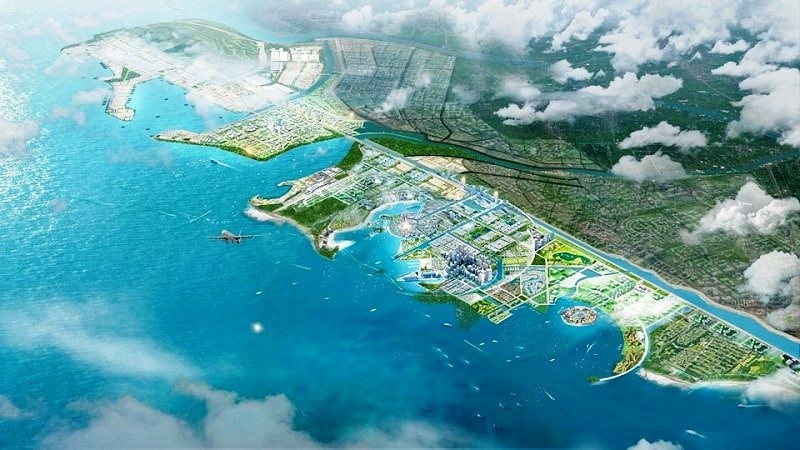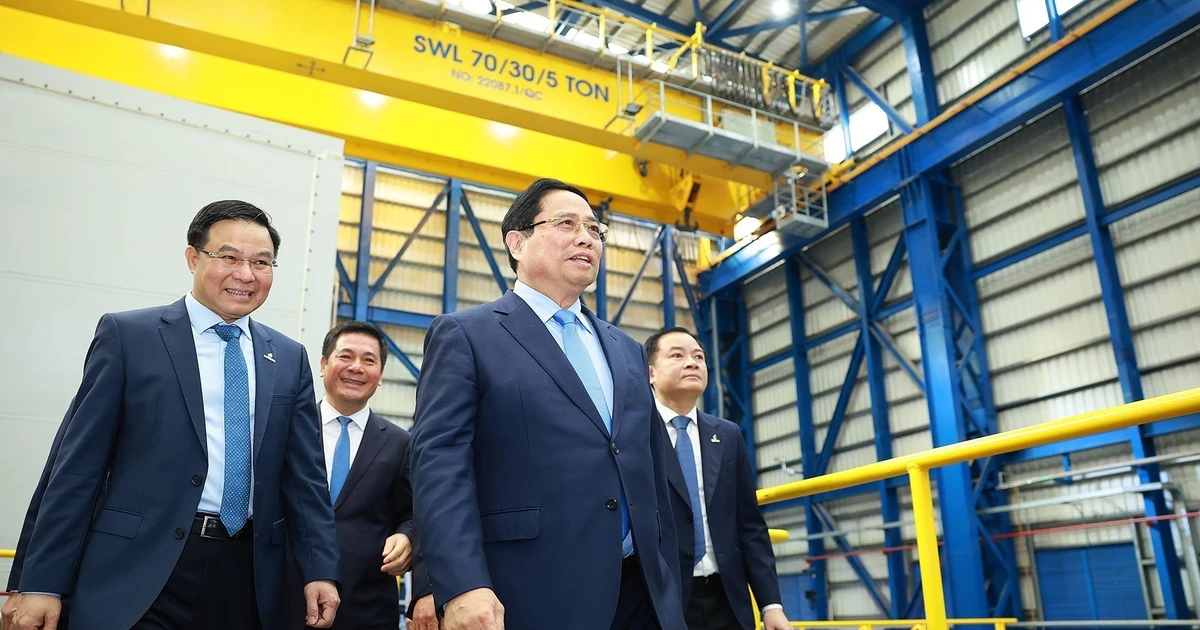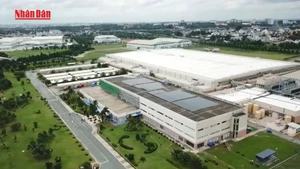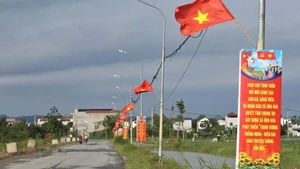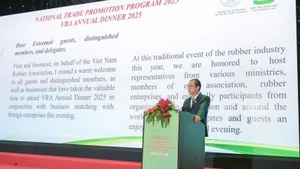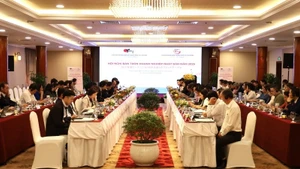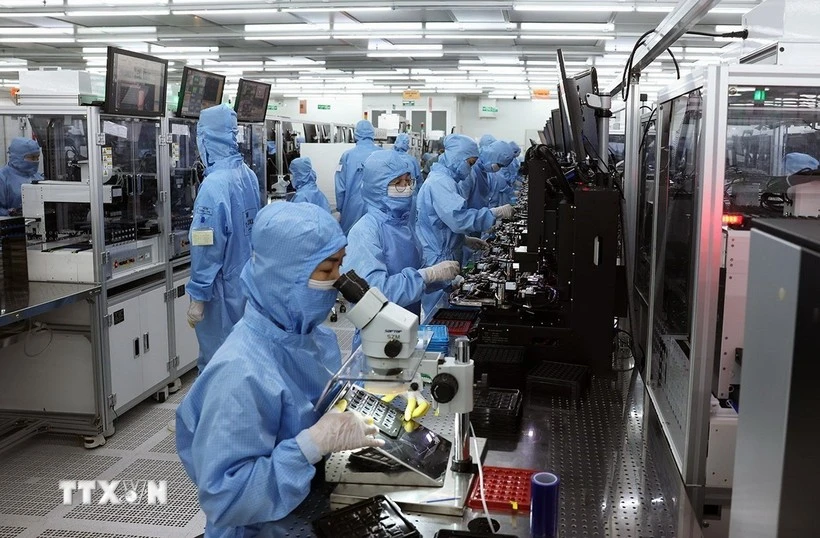Under the Prime Minister's decision, the Ninh Co Economic Zone spans an area of 13,950 hectares, located in the southernmost part of Nam Dinh Province, comprising nine administrative units at the commune level and surrounding alluvial land.
This includes the entirety of Rang Dong Town, Phuc Thang Commune, Nghia Loi Commune, Nam Dien Commune, part of Quy Nhat Town (formerly Nghia Binh Commune), and the alluvial area of Nghia Hung District, as well as the entirety of Thinh Long Town, Hai Ninh Commune, Hai Chau Commune, and Hai Hoa Commune in Hai Hau District.
The primary development objectives of the Ninh Co Economic Zone are to maximise its advantages in high-quality human resources and its strategic position for economic, trade, and service connectivity with neighbouring areas. It aims to harmoniously combine investment attraction and economic development with the assurance of national defence, security, and the preservation and promotion of the value of marine ecosystems, historical sites, and cultural heritage within the zone.
The Ninh Co Economic Zone is to be developed into a comprehensive, multi-sectoral, multi-functional coastal economic zone. It will serve as a breakthrough development focal point for Nam Dinh Province, equipped with synchronised infrastructure and a favourable investment and business environment. Additionally, it will act as a dynamic coastal economic centre that complements and supports other coastal economic zones, driving development in the Red River Delta region and the economic belt of the Gulf of Tonkin.
At the same time, the Ninh Co Economic Zone aims to create jobs, train and improve human resources quality, and increase income for residents.
The operations, mechanisms, policies, and management of the Ninh Co Economic Zone will comply with the laws governing industrial zones, economic zones, investment, and other relevant legal documents.
The development roadmap and plan for the Ninh Co Economic Zone are divided into three phases including the completion of construction planning steps and investment in several key projects in Phase I (2024-2026); continued synchronisation of infrastructure development, focusing on urban, and industrial, and service infrastructure during the Phase II (2026-2030); and perfecting a comprehensive, modern economic and social infrastructure system in Phase III (post-2030).
